Home>Home Appliances>Home Automation Appliances>How To Tell If Home Thermostat Is Bad
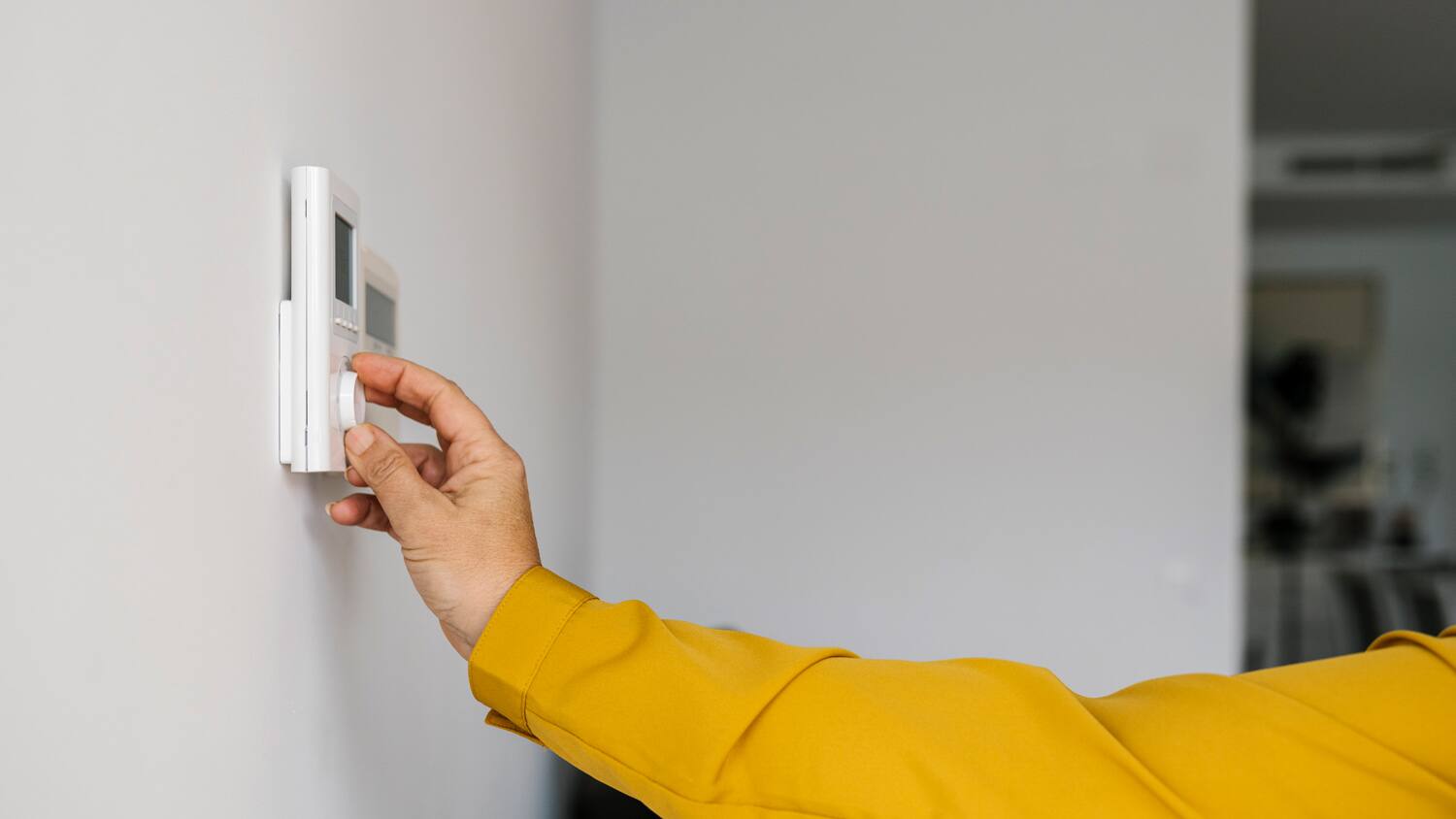

Home Automation Appliances
How To Tell If Home Thermostat Is Bad
Modified: April 22, 2024
Learn how to identify a malfunctioning home thermostat with our expert guide. Ensure your home automation appliances are running smoothly.
(Many of the links in this article redirect to a specific reviewed product. Your purchase of these products through affiliate links helps to generate commission for Storables.com, at no extra cost. Learn more)
**
Introduction
**
Welcome to the heart of your home automation system: the thermostat. This unassuming device plays a crucial role in maintaining a comfortable and energy-efficient living environment. However, like any other component, thermostats can experience issues that affect their performance. In this comprehensive guide, we will explore the signs that indicate a malfunctioning thermostat, how to test it, and common problems that may arise.
Your thermostat serves as the command center for your heating, ventilation, and air conditioning (HVAC) system. It regulates the temperature, ensuring that your home remains cozy in the winter and cool in the summer. When operating optimally, a thermostat seamlessly maintains the desired temperature without causing a noticeable impact on your energy bills. However, when a thermostat malfunctions, it can lead to discomfort and increased energy consumption.
Understanding the signs of a faulty thermostat is crucial for maintaining a comfortable indoor climate and optimizing energy efficiency. By recognizing these indicators, you can take timely action to address any issues, potentially saving both your comfort and your wallet from unnecessary strain. Let's delve into the telltale signs that your thermostat may be in need of attention.
Key Takeaways:
- Keep an eye out for signs of a bad thermostat, like inaccurate temperature readings and rapid cycling. Testing and maintaining your thermostat can help ensure a comfortable and energy-efficient home.
- Regularly check for common thermostat problems such as dead batteries, dust accumulation, and wiring issues. Addressing these issues can help maintain reliable temperature control and energy efficiency in your home.
Read more: How To Tell If Insulation Is Bad
Signs of a Bad Thermostat
Identifying the signs of a malfunctioning thermostat is essential for maintaining a comfortable and energy-efficient home environment. Here are some common indicators that your thermostat may be experiencing issues:
- Inaccurate Temperature Readings: A clear sign of a faulty thermostat is inconsistent temperature readings. If you notice that the displayed temperature does not align with the actual conditions in your home, it may indicate a problem with the thermostat’s sensors or calibration.
- Rapid Cycling: If your HVAC system turns on and off frequently, a malfunctioning thermostat could be the culprit. This rapid cycling can lead to unnecessary wear and tear on your heating and cooling equipment, potentially shortening their lifespan.
- Unresponsive Controls: A non-responsive or uncooperative thermostat is a red flag. If you adjust the settings, but the HVAC system fails to respond accordingly, it may indicate a communication breakdown between the thermostat and the heating or cooling equipment.
- Uneven Heating or Cooling: If certain areas of your home consistently feel too warm or too cold, despite the thermostat’s settings, it could signal a malfunction. An inefficient thermostat may struggle to distribute air evenly throughout your home, leading to discomfort.
- Excessive Dust Accumulation: Visible dust or debris inside the thermostat can interfere with its functionality. Dust accumulation may hinder the sensors or cause blockages, impacting the thermostat’s ability to accurately detect and regulate the temperature.
Recognizing these signs can prompt you to investigate the health of your thermostat and take appropriate measures to address any potential issues. By staying attentive to these indicators, you can proactively maintain a comfortable and energy-efficient home environment.
Testing the Thermostat
Conducting simple tests can help you determine whether your thermostat is functioning as intended. Here are some straightforward methods to assess its performance:
- Visual Inspection: Begin by visually inspecting the thermostat. Check for any visible damage, such as cracks, loose wiring, or accumulated dust. Ensure that the thermostat is securely mounted and free from obstructions that could affect its operation.
- Temperature Discrepancy Verification: Use a separate thermometer to validate the accuracy of the thermostat’s temperature readings. Place the thermometer near the thermostat and compare the readings. Any significant disparities may indicate a calibration or sensor issue.
- System Responsiveness: Adjust the thermostat settings to trigger the heating or cooling system. Observe whether the HVAC equipment responds promptly and maintains the desired temperature. If there is a delay or the system fails to achieve the set temperature, it could signal a problem with the thermostat’s communication or control capabilities.
- Battery Check: If your thermostat operates on batteries, ensure that they are in good condition. Weak or depleted batteries can lead to erratic behavior and may cause the thermostat to malfunction. Replace the batteries if necessary and observe any improvements in the thermostat’s performance.
- Professional Inspection: If you encounter persistent issues or are uncertain about the thermostat’s condition, consider seeking professional assistance. A qualified technician can conduct a comprehensive assessment of the thermostat and its integration with the HVAC system, identifying any underlying issues that may require repair or replacement.
By performing these tests, you can gain valuable insights into the functionality of your thermostat and make informed decisions regarding its maintenance or potential replacement. Regular testing and maintenance can help you ensure that your thermostat continues to operate reliably, contributing to a comfortable and efficient home environment.
If your home thermostat is not maintaining the set temperature, try removing the cover and gently cleaning the inside. If that doesn’t work, it may be time to replace it.
Common Thermostat Problems
Thermostats, despite their seemingly simple functionality, can experience a range of issues that affect their performance. Understanding these common problems can help you address them effectively and maintain a well-functioning thermostat:
- Dead Batteries: Many thermostats rely on batteries to power their display and control functions. If the display is blank or unresponsive, it may indicate that the batteries need replacement. Regularly checking and replacing the batteries can prevent unexpected thermostat failures.
- Dust and Debris Accumulation: Dust and debris can accumulate within the thermostat, affecting its sensors and internal components. Regular cleaning and maintenance can help prevent these issues and ensure the thermostat’s accurate operation.
- Wiring Problems: Faulty or loose wiring can disrupt the communication between the thermostat and the HVAC system, leading to erratic behavior or complete malfunctions. Checking the wiring connections and addressing any issues can resolve these problems.
- Calibration Errors: Inaccurate temperature readings may stem from calibration errors within the thermostat. Recalibrating the device or seeking professional assistance can rectify this issue and restore accurate temperature control.
- Sensor Malfunctions: The sensors within the thermostat play a crucial role in detecting and regulating the temperature. Malfunctioning sensors can lead to inconsistent temperature control and overall system inefficiency. Replacing the sensors or the thermostat itself may be necessary to address this issue.
- Age and Wear: Over time, thermostats may experience wear and tear, leading to diminished performance. If your thermostat is significantly outdated, replacing it with a modern, energy-efficient model can enhance both comfort and energy savings.
By familiarizing yourself with these common thermostat problems, you can take proactive steps to maintain and troubleshoot your thermostat effectively. Regular maintenance, timely repairs, and, if necessary, upgrading to a new thermostat can help you ensure reliable temperature control and energy efficiency in your home.
Conclusion
As the central control unit for your home’s heating and cooling systems, the thermostat plays a pivotal role in maintaining a comfortable and energy-efficient indoor environment. Recognizing the signs of a malfunctioning thermostat, conducting simple tests to assess its performance, and understanding common problems are essential for ensuring its reliable operation.
By staying vigilant for indicators such as inaccurate temperature readings, rapid cycling, unresponsive controls, uneven heating or cooling, and excessive dust accumulation, you can promptly address any potential issues with your thermostat. Simple tests, including visual inspections, temperature verification, and system responsiveness checks, can provide valuable insights into the thermostat’s functionality.
Additionally, understanding common thermostat problems, such as dead batteries, dust accumulation, wiring issues, calibration errors, sensor malfunctions, and age-related wear, empowers you to troubleshoot and maintain your thermostat effectively. Regular maintenance and, if necessary, professional assistance can help you address these issues and ensure reliable temperature control in your home.
By prioritizing the health and functionality of your thermostat, you can enhance your living environment’s comfort and energy efficiency. Whether through simple maintenance, targeted repairs, or an upgrade to a modern, energy-efficient thermostat, taking proactive steps to address potential issues can yield significant benefits for your home and your overall well-being.
Remember, a well-maintained thermostat not only contributes to your comfort but also plays a crucial role in managing your energy consumption and costs. By understanding, testing, and addressing potential thermostat issues, you can enjoy a consistently comfortable home environment while optimizing energy efficiency.
Frequently Asked Questions about How To Tell If Home Thermostat Is Bad
Was this page helpful?
At Storables.com, we guarantee accurate and reliable information. Our content, validated by Expert Board Contributors, is crafted following stringent Editorial Policies. We're committed to providing you with well-researched, expert-backed insights for all your informational needs.
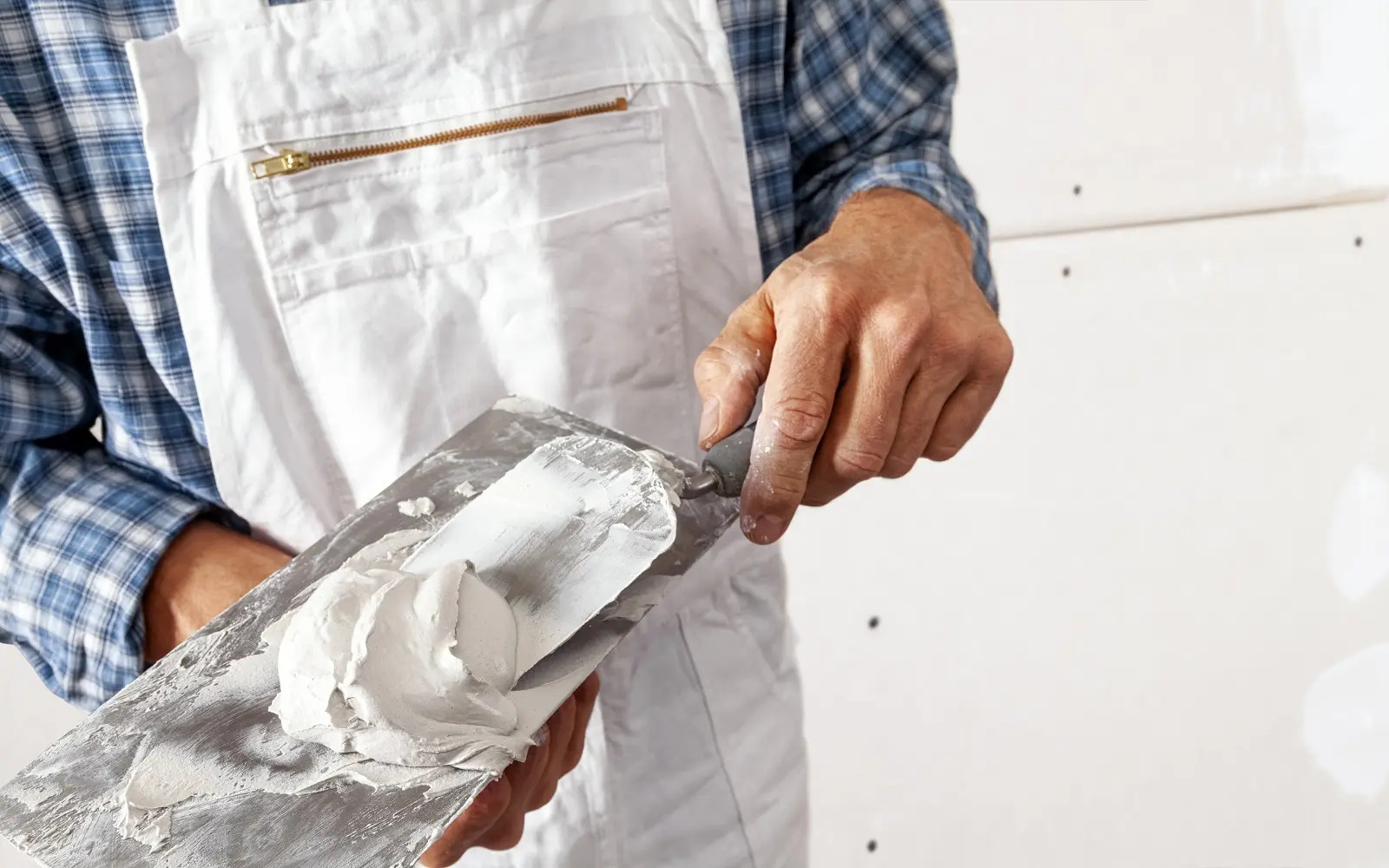
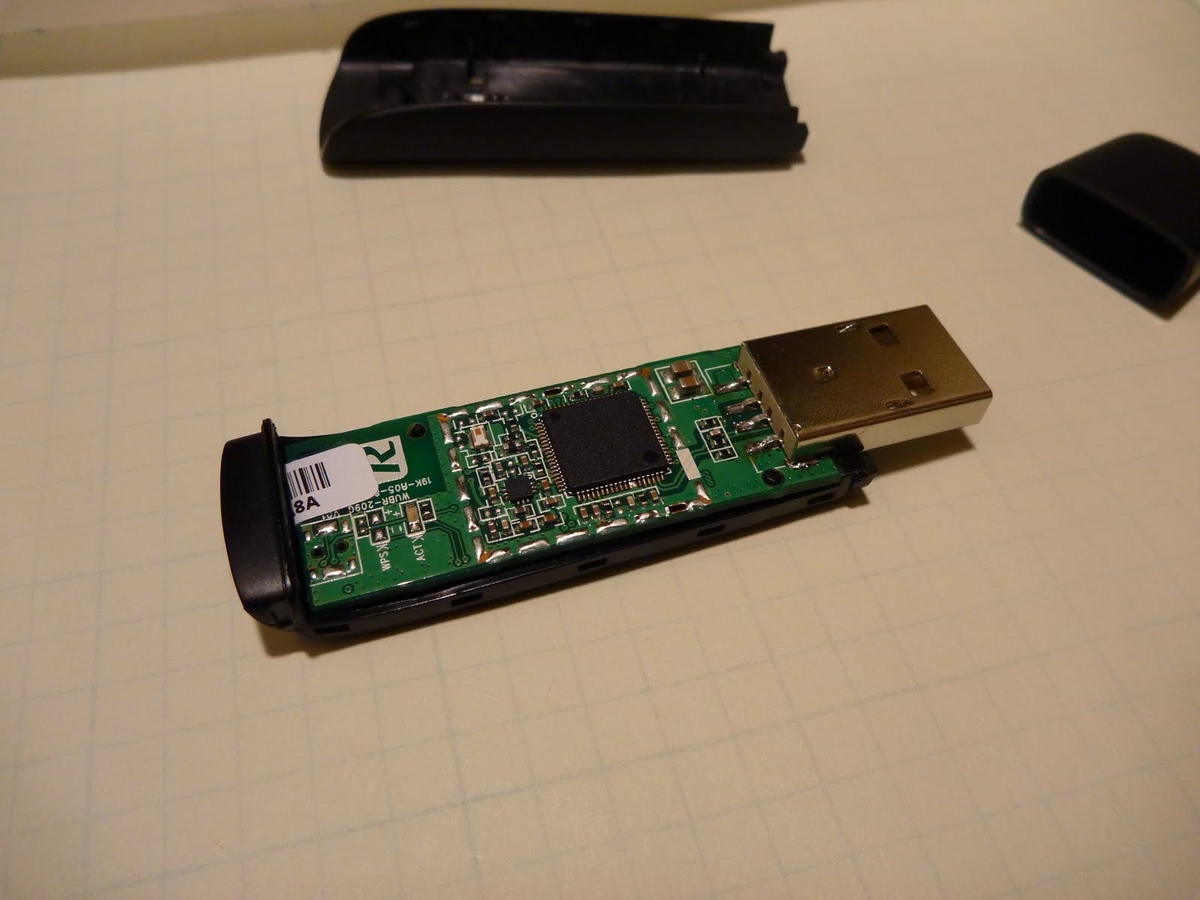
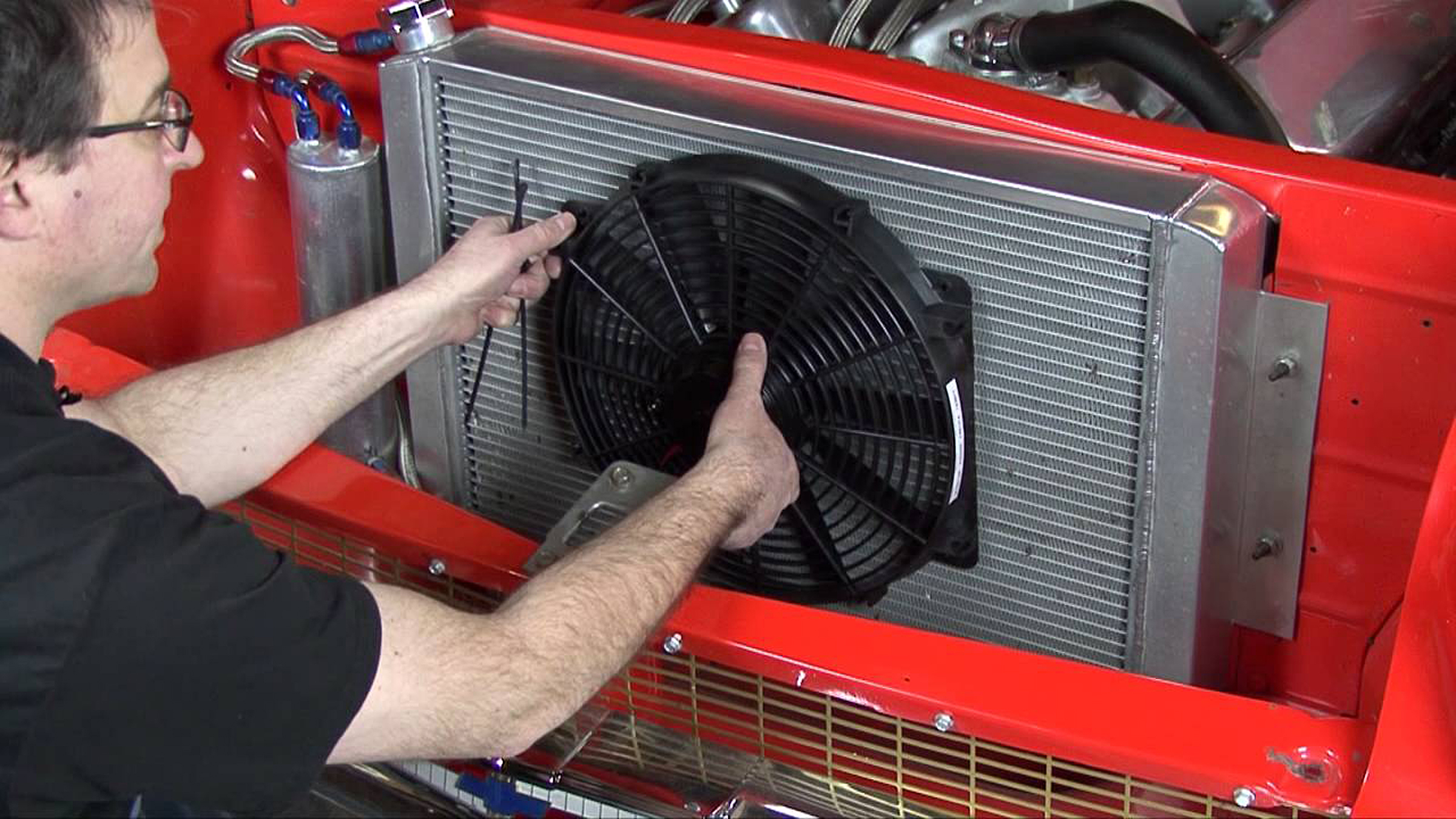
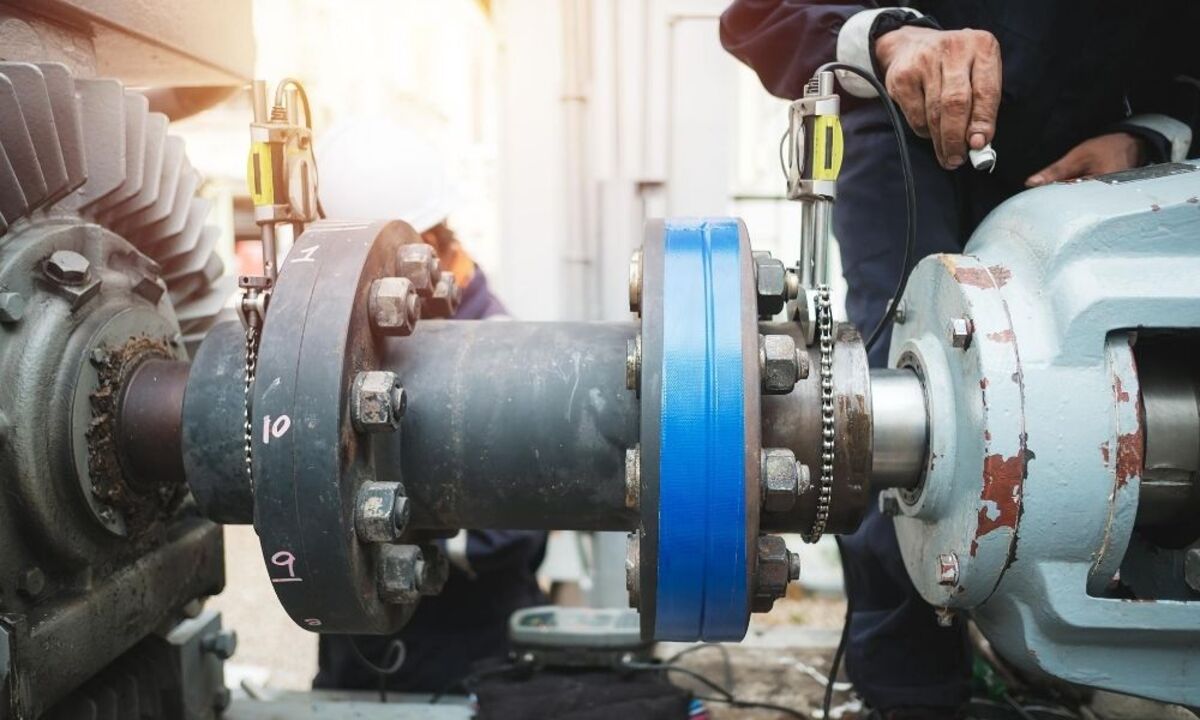
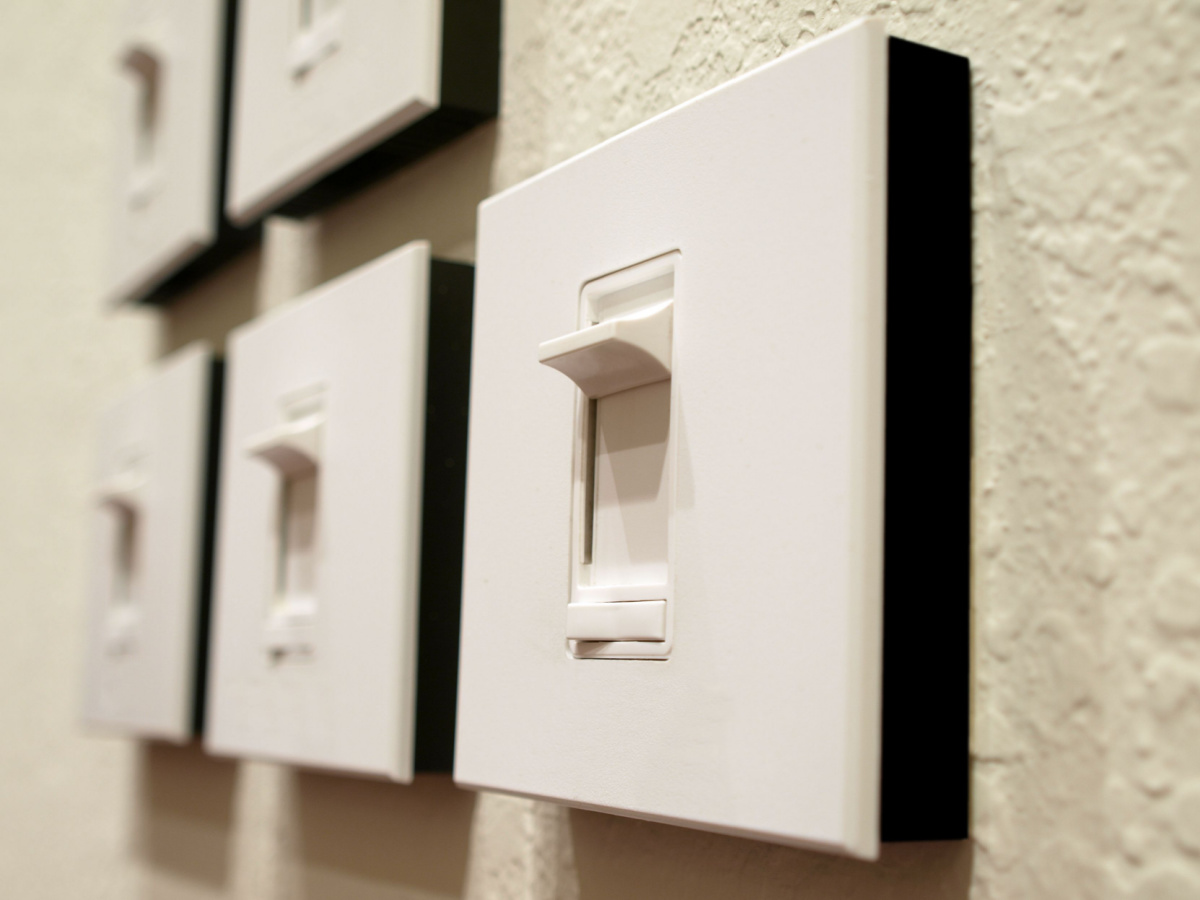

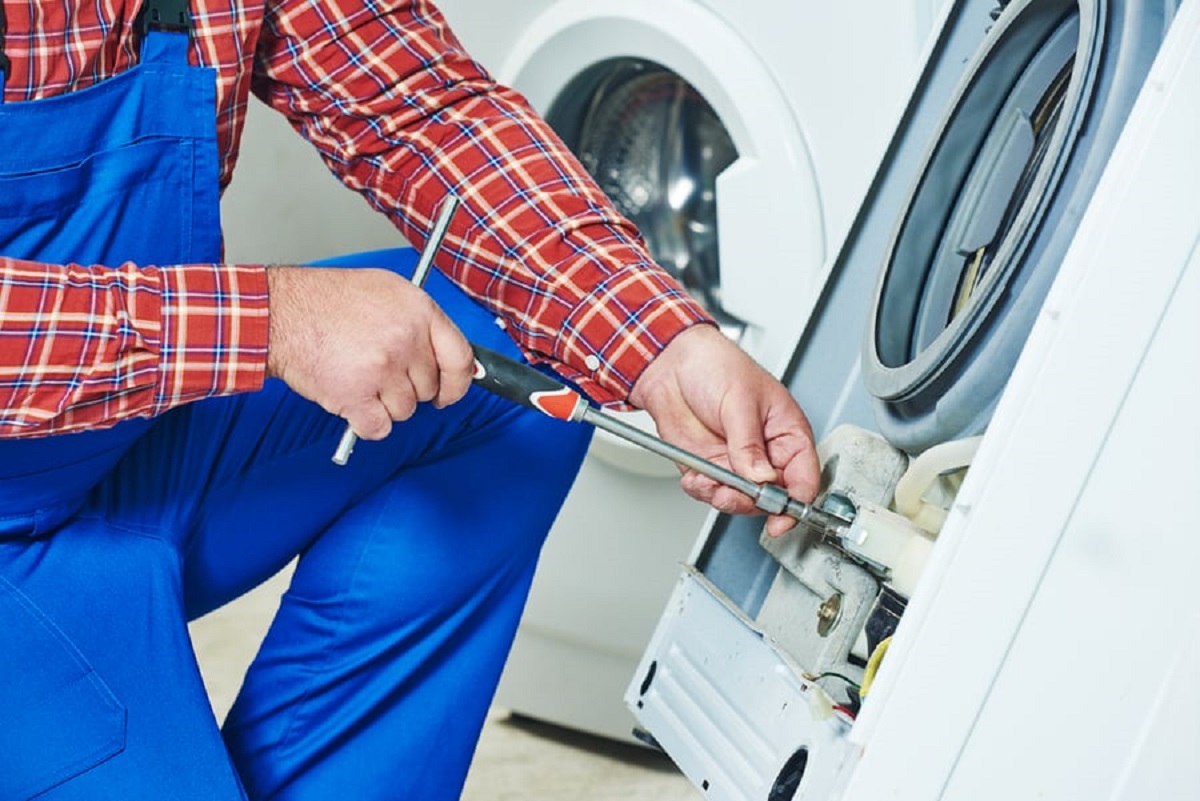
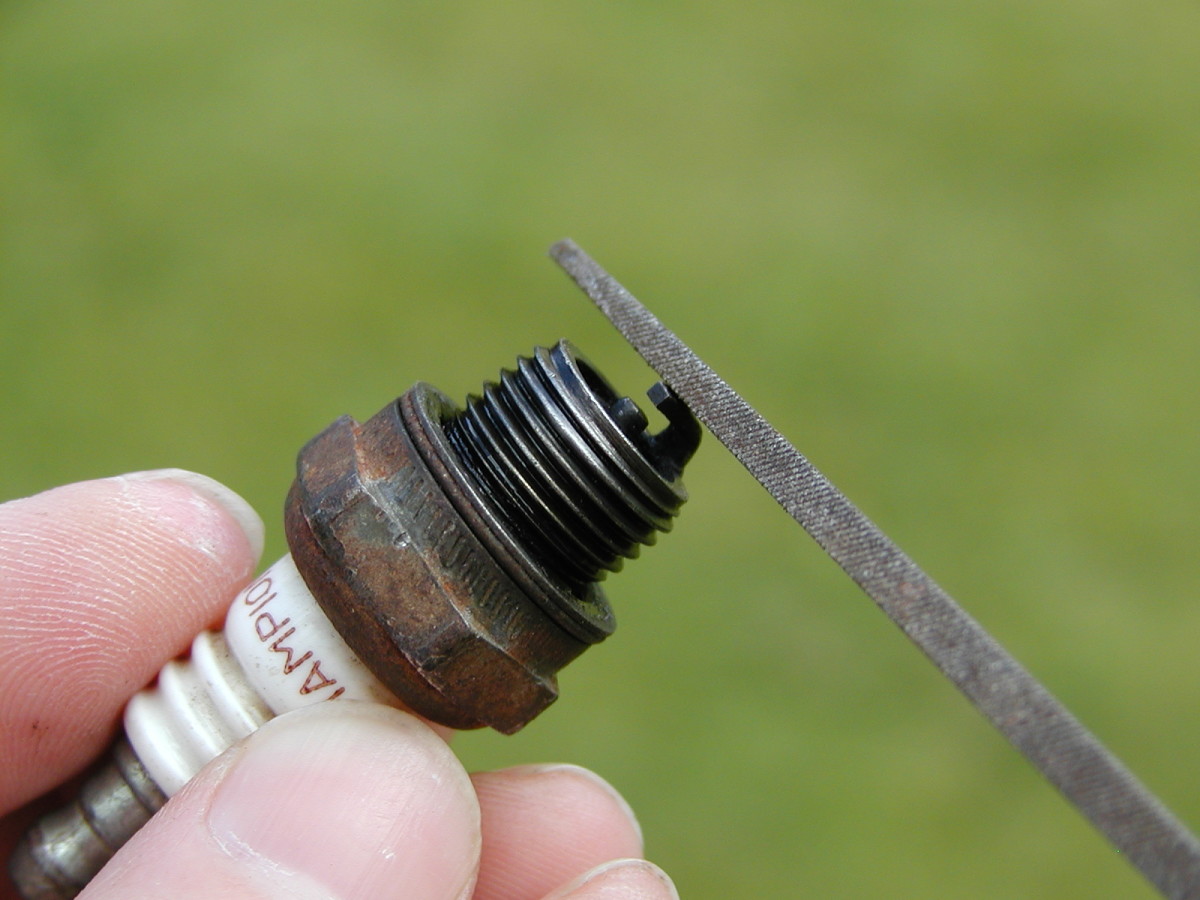
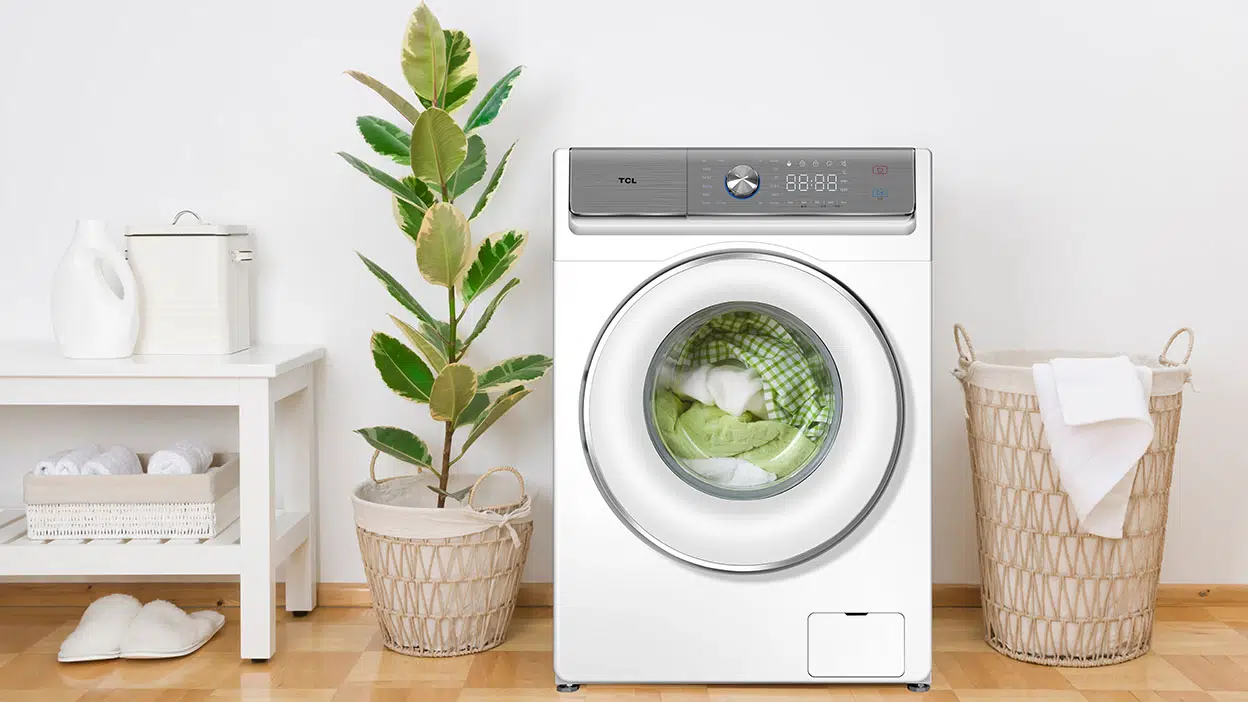
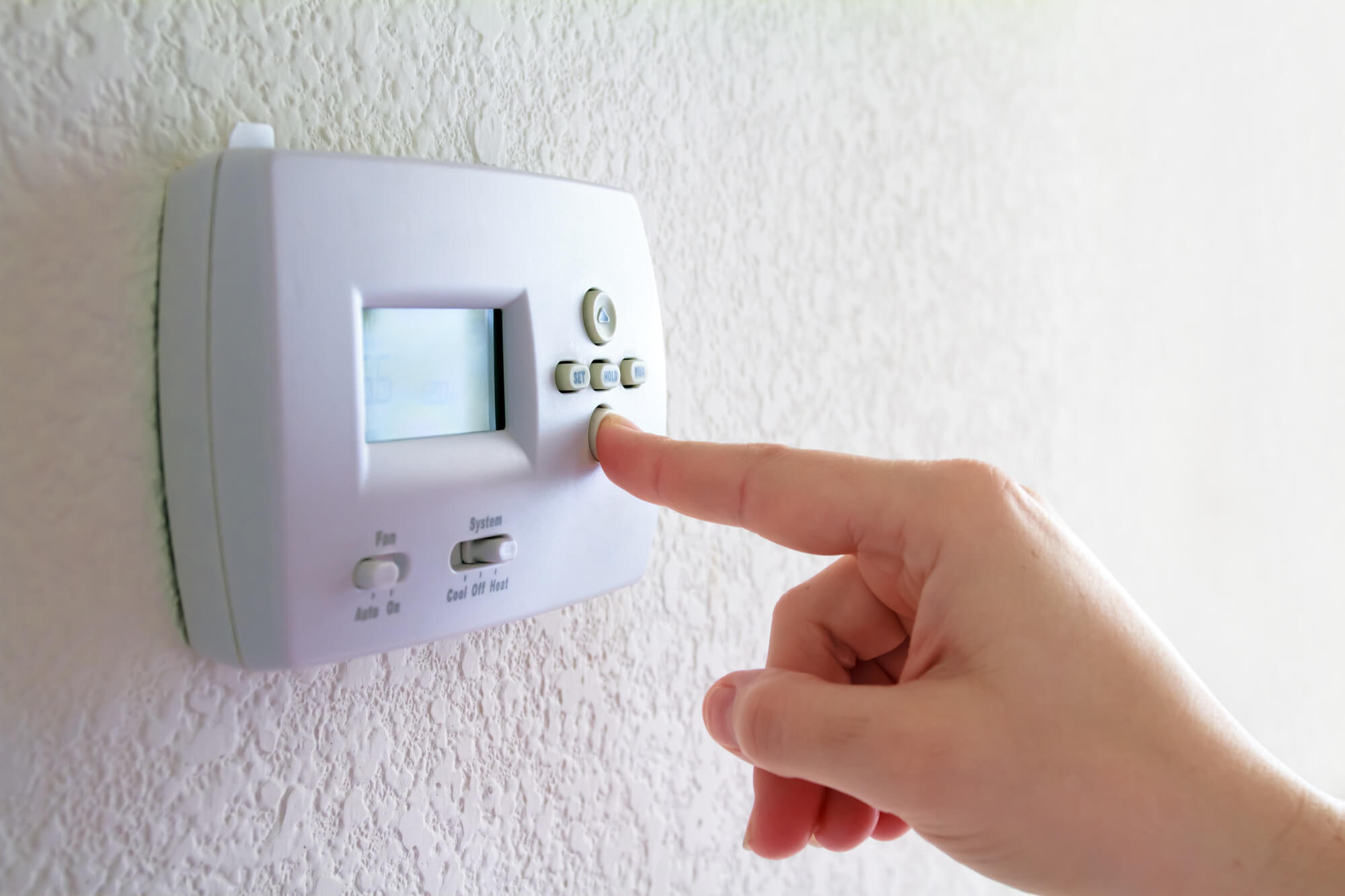

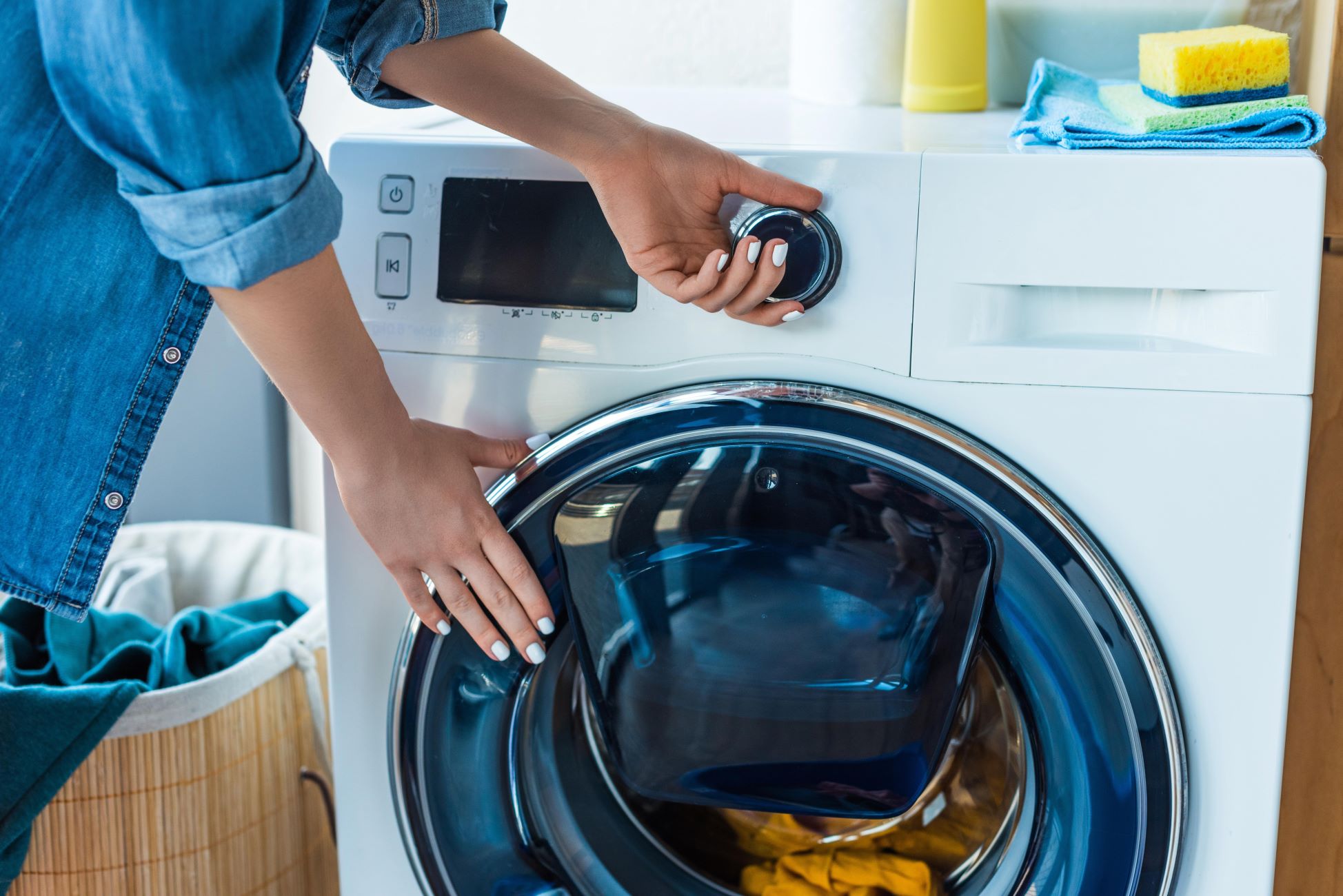
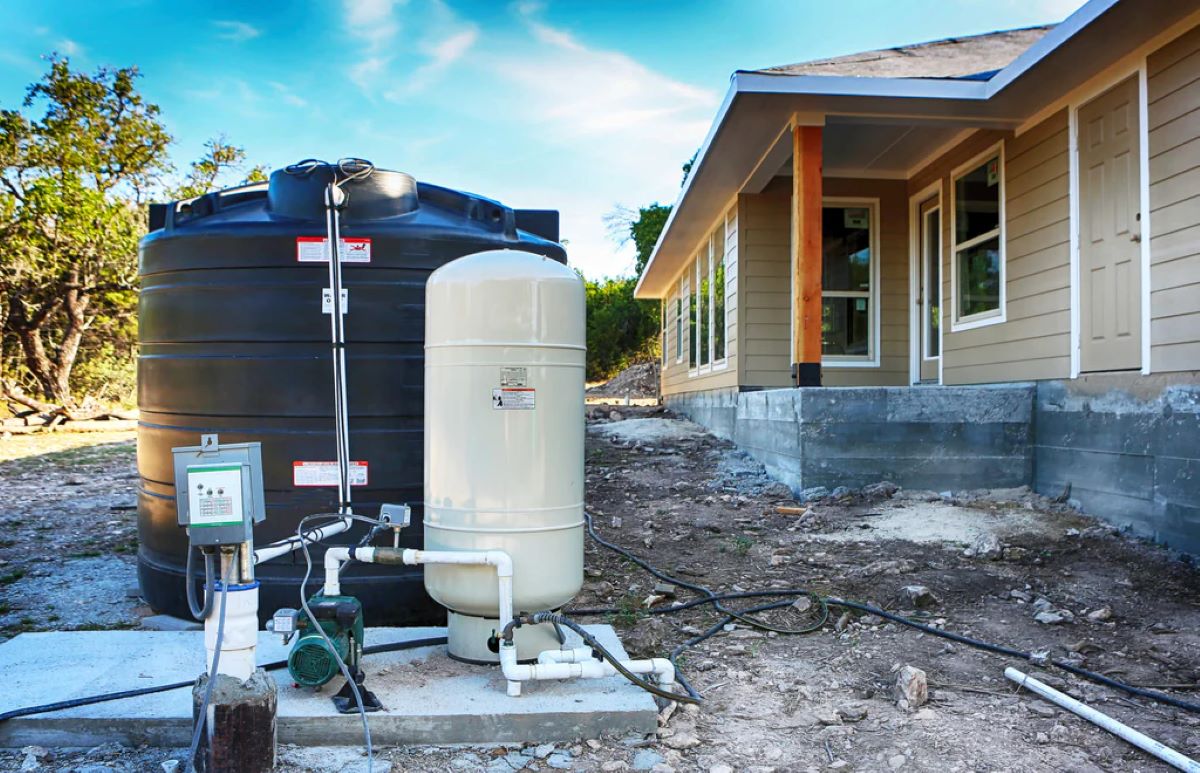
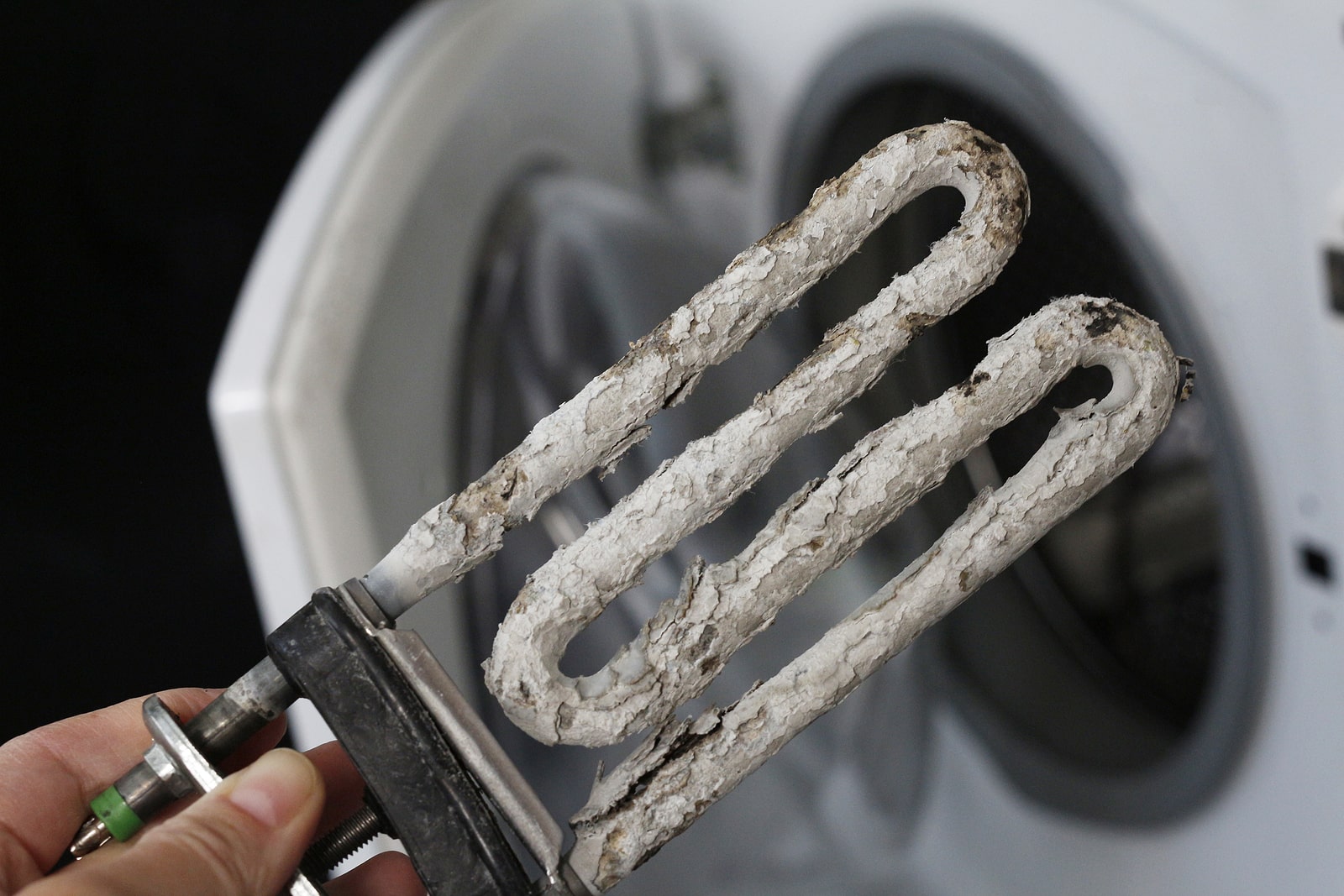
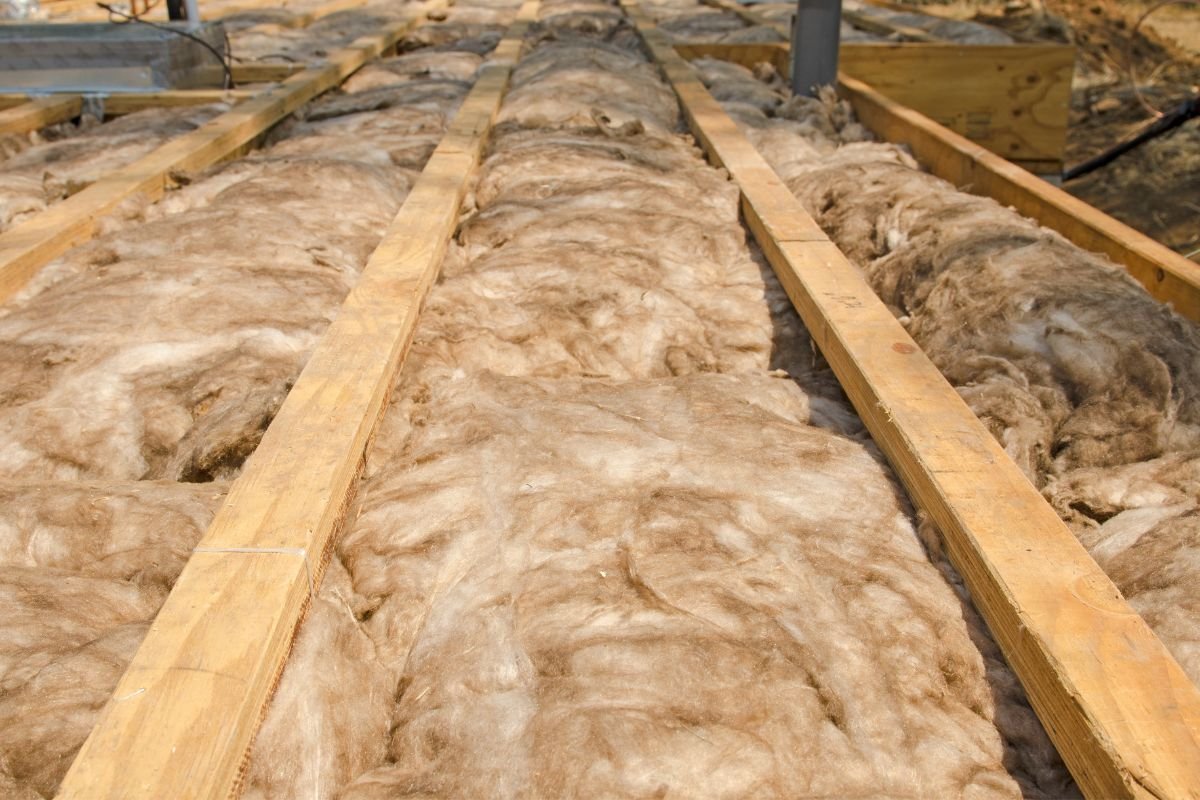

0 thoughts on “How To Tell If Home Thermostat Is Bad”